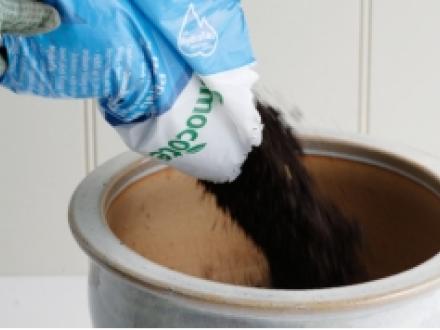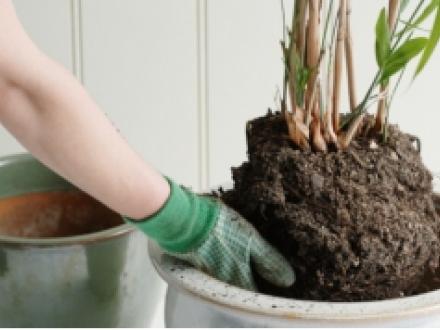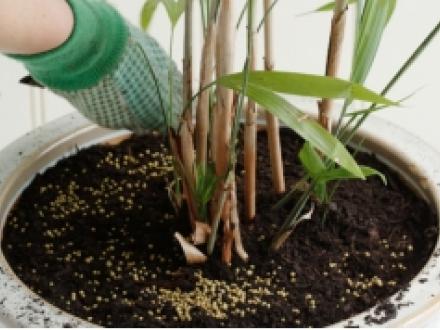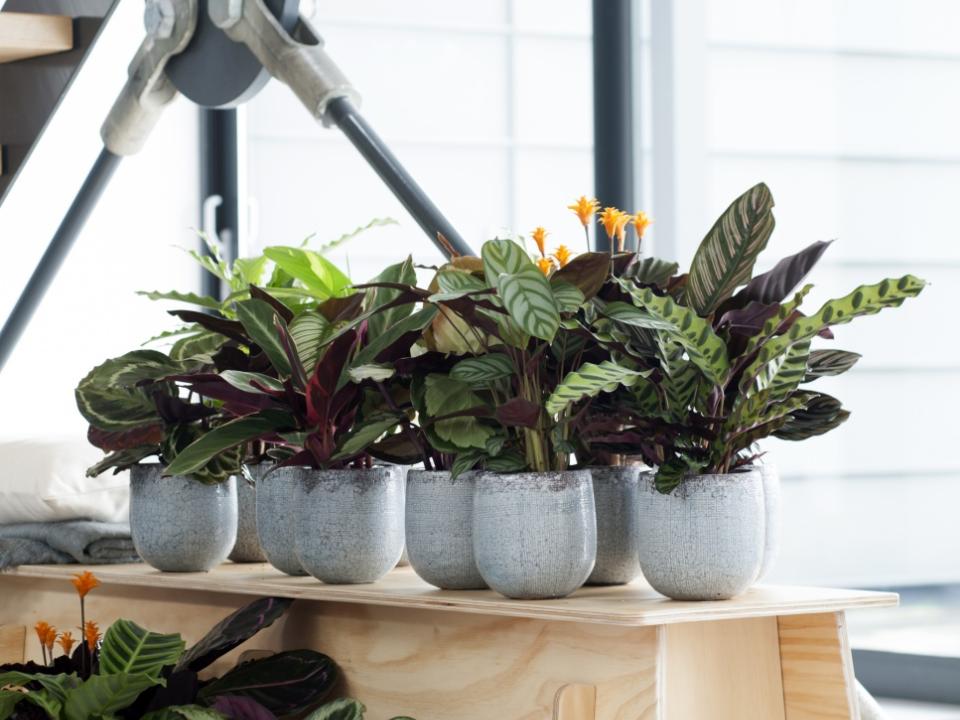4 signs your plant needs re-potting
1. Growth has slowed: This is a sure sign your plant has reached its limits in its current home and needs more space to spread its roots and keep on growing.
2. You can see the roots: Whether they’re visible on the surface or poking through the drainage hole at the bottom – if your plant’s roots are on show, it’s time to find a bigger pot.
3. Roots are coiled at the bottom: If your plant’s growth has slowed down but you can’t see any roots on show, ease the plant out of the pot. If the roots are coiled into a tightly packed mass, your pot is too small.
4. You haven’t re-potted for a year: As a rule of thumb, young, actively growing plants should be re-potted once a year.
Re-potting your plant: Step-by-step
Now you’ve established your plant is ready to move on and you’ve found the perfect sized home to suit its needs, it’s time to get re-potting:

1. Part-fill your new container with potting soil.
2. Turn the plant carefully on its side and gently ease it out of the pot.
TIP: Pant won’t budge? Slide a knife around the soil to loosen it or gently tap the side of the pot against the edge of a table.

3. Prune away any dead or rotted roots to stimulate new root growth and help your plant to establish itself in the new pot.
TIP: Use your fingers or a fork to gently loosen the root ball and straighten out any coiled roots.
4. Place your plant in the centre of the new pot then fill all the way around it with more new potting soil.

5. Tamp the soil down gently with your fingers, being careful not to pack it too tightly.
6. Give it a good water to thoroughly moisten the roots and place it back in its usual spot to settle in.





